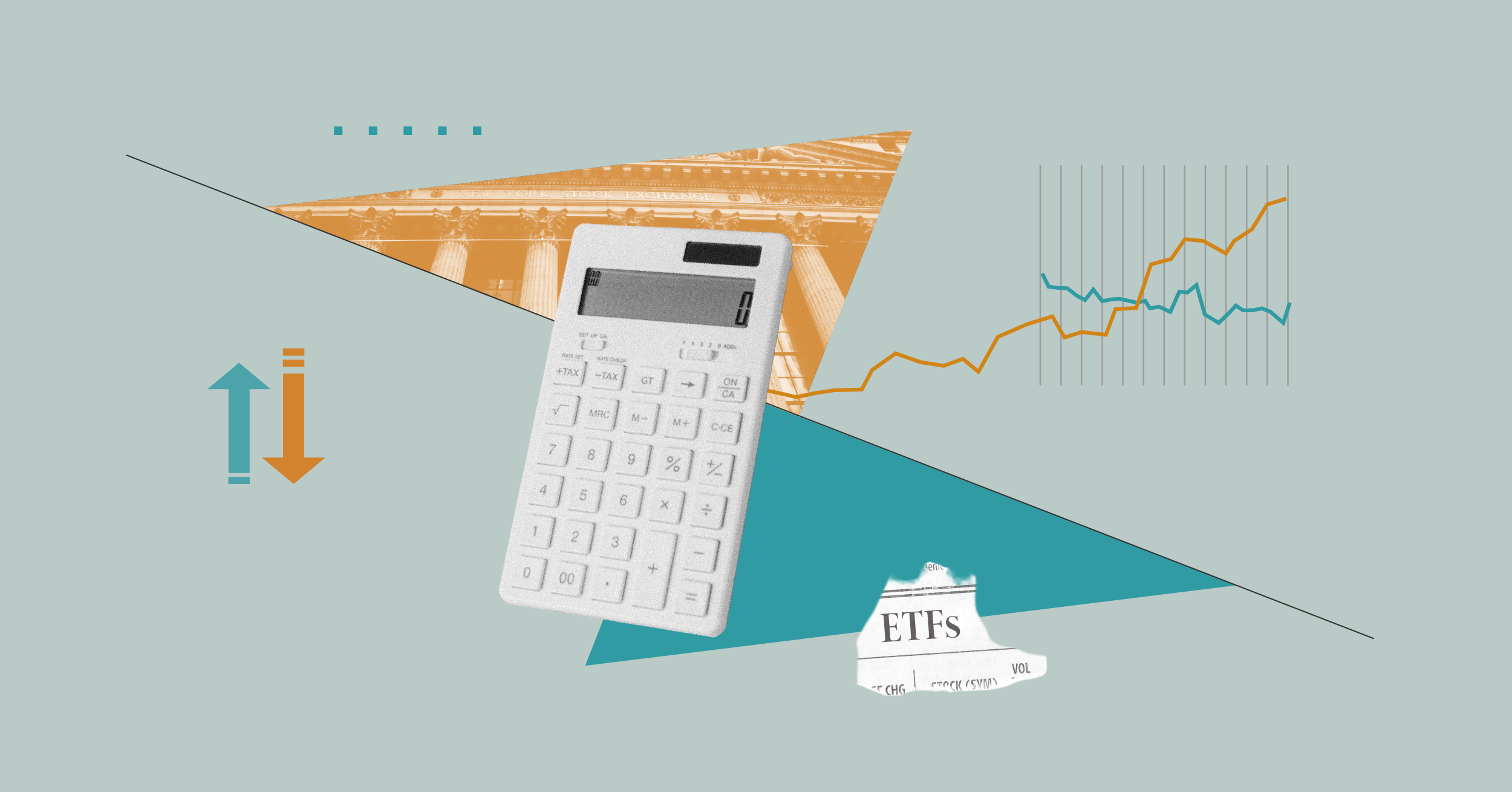Glenn Freeman: I'm Glenn Freeman for Morningstar and I'm here today with David Wang, Equity Analyst in Morningstar's Chicago office.
David, thanks for joining us today.
David Wang: Yeah. Thank you for having me, Glenn.
Freeman: Now, David, what's Morningstar's view on commodities? Are we particularly bullish or bearish? And how correlated are some of these different end markets?
Wang: We have a fairly bearish view on iron ore and metallurgical coal and we have a bullish view on lithium and uranium. We're bearish on the steelmaking raw materials largely because we think that the investment-led economic cycle for China has ended. In fact, going forward, the economy will really face a rebalancing away from this investment and commodity-intensive growth to far more consumption-oriented type of growth.
So, as China doesn't need a lot more new buildings or new machinery in the economy, we expect that the amount of steel demand to decline over the next five to 10 years. In contrast, we see a far greater upside for commodities like lithium and uranium. We think that the market underestimates the growth potential for electric vehicle adoption and with lithium the primary beneficiary of its higher adoption rate, we think that higher-cost sources of lithium will need to come online in order to balance the market longer term and this should drive pricing upwards.
Iron ore and metallurgical coal are fairly tied together in the sense that they both go into steelmaking which is heavily tied to the Chinese economy. On the other hand, for a commodity like lithium, the primary driver is the adoption of lithium-ion batteries, which is primarily going to be used in electric vehicles and consumer electronic, so quite a different end market there. Uranium, in contrast, is tied to electricity production around the world. So, it's effectively consumed within all the nuclear plants that are built in, say, China, Japan and the United States.
I'd say that most commodities are prone to boom and bust cycles depending on the overall supply and demand dynamics. Recently, what we've been seeing in lithium is a pretty rapid rise of the price of the commodity, largely driven by the increase in electric vehicle adoption. For uranium, this has been on a down market for many years as the effects of Fukushima still play out across the market. We've begun to see a slight uptick in uranium prices recently and we continue to forecast that uranium price will need to increase over the longer term to incentivize sufficient production.
Freeman: Which companies are the major players in these commodity spaces that you're covering?
Wang: The major players are, including on the Australian side, BHP (BLT) and Rio Tinto (RIO). Other larger players on the global market include, Vale, Anglo American (AAL) and Teck Resources. So, we have a fairly bearish view on the outlook for the stock prices of these companies. We've got 1 to 2-Star ratings for this assortment. In contrast, we've got fairly positive outlook for uranium producer Cameco as well as lithium producer Albemarle. These two companies are on the Morningstar Best Ideas List.
Freeman: Now, David, what are some of the ways that investors can get exposure? Do they buy the producers directly? Or can they go, for instance, through secondary producers?
Wang: Our preferred way is largely through the companies themselves. Commodity prices themselves don't really garner themselves to typical investment to the extent that commodities don't generate cash flows. It's for production and sale of commodities that actually generates profits. So, our preferred way to play in uranium and lithium is through the producers of those commodities and we would really avoid exposure to the iron ore and met coal producers at this point.
Freeman: And David, you've just produced a special report into commodities. It's called a False Dawn. Can you just give us a brief overview of this?
Wang: We've seen price for miners decline over the past couple of years. They experienced a fairly rapid rebound during 2016 as the market was extrapolating the increase in Chinese steel demand during that year. We think that this rally is unsustainable. It was really driven by credit-fueled stimulus into the economy and really pulls forward future demand of steel that country would really need.
So, our expectation is for steel demand to continue its long-term secular decline in China as the country rebalances away from this investment-oriented growth to this more consumption-oriented economy and we see considerable downside for iron ore prices as well as coal prices. And as leverage plays on commodity pricing, we see significant downside for the major producers of these commodities.
Freeman: And David, what are some of the distinguishing features of Morningstar's analysis of commodities?
Wang: Unlike some investment advisories or shops out there that would really look at the next year's earnings to put a price tag on a company, we tend to look at mid-cycle cash flow generation by these companies. So, we're not really trying to forecast one year out, but more so looking across the cycle, what is the normalized earnings power of the company is. So, our commodity price forecasts are based on what we think equilibrium prices for the commodity will be in the long-term based on the marginal cost of production to meet the final ton of demand.
Freeman: Thanks for your time today, David.
Wang: Thank you, Glenn.
Freeman: I'm Glenn Freeman for Morningstar. Thanks for watching.






























